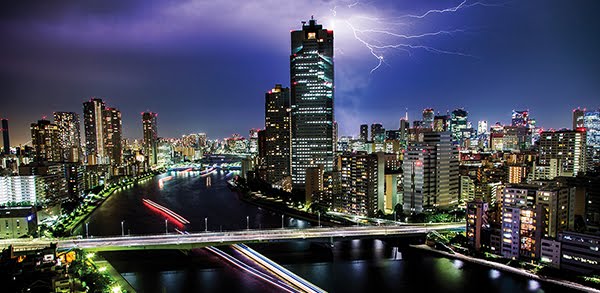 |
| KUMAMON - The beloved mascot and symbol of Kumamoto |
One young lady got married just two weeks before the earthquake. Moving from a faraway city to live with her husband, she now finds herself in a gymnasium with a large number of people where she knows no one and her husband is gone all day. There were two pillows, labelled "bride" and "groom" respectively with their wedding date, placed on a blanket which functioned as their marriage bed.
One 12-year-old girl came up after the concert and played many pieces for us. I was amazed she had so much music memorized, and asked if she had any chance to practice while in the shelter. "No," she said, "Actually, I gave up music when I entered junior high. There's no time for that anymore..." She explained that she was now involved in school clubs along with everybody else, and there was no way to fit in piano. When we left though, she said, "You reminded me of my love for music. I think I'll start up again."
One lady in her late 60's, staying in the shelter with her elderly mother, profusely thanked me for coming and playing. The two of them were so lonely and afraid of the aftershocks. She told me how she goes back to the house now and then to clean up after the earthquake, "but," she said, "I hear things falling and those heavy clay tiles on my roof moving with each aftershock, and it makes me nervous. I can't possibly sleep there." The conversation then suddenly switched to something that had obviously been on her mind, and I received my highest compliment ever! "You remind me of Amakusa Shiro," she said shyly. "I see light shining from you." In 1637, Amakusa Shiro led a rebellion of 37,000 peasants against Christian persecution and overtaxation by a corrupt government in an area near Kumamoto. The Tokugawa Shogunate swept in with an overwhelming number of troops and beheaded all 37,000, roughly half of whom who noncombatant women and children. There was a famous statue of him praying with eyes heavenward not too faraway.
So many more stories...
